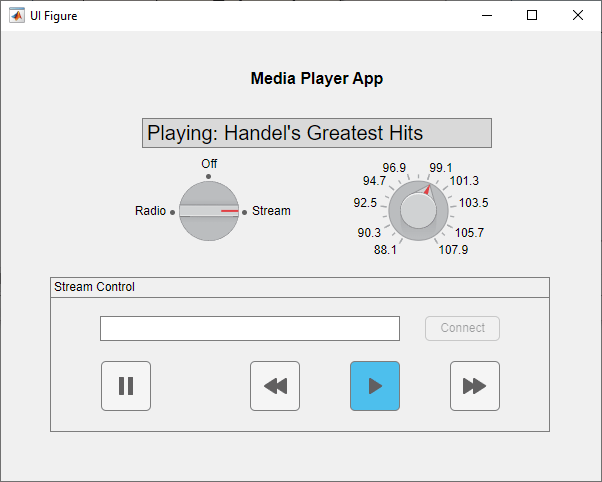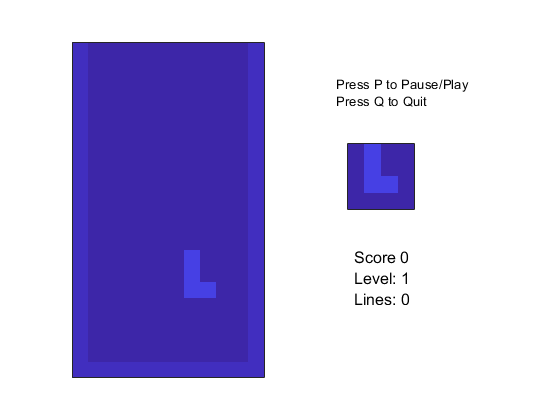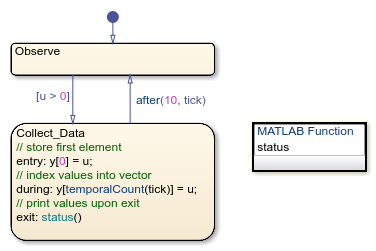状态和转移的语法
通过使用动作和条件来表达图行为
通过指定状态转移时间以及动作执行时间来控制 Stateflow® 图的执行。通过广播事件同步状态执行。检测数据值的变化,并检查在图执行期间有哪些状态为活动状态。
模块
Stateflow 语法
主题
- 使用 MATLAB 和 C 作为动作语言语法时的差异
比较图动作语言的功能。
- 命名 Stateflow 对象的规范
保留关键字、名称长度限制和命名限制。
- 通过组合状态动作来消除冗余代码
组合一个状态中的
entry、during和exit动作。 - Control Function-Call Subsystems by Using bind Actions
Bind a function-call output event to the activity of a state.
- 组合使用转移和结点以创建分支路径
在转移路径中创建决策点。
- Call Extrinsic MATLAB Functions in Stateflow Charts
Access MATLAB® functions that are not supported for code generation.
- Access MATLAB Functions and Workspace Data in C Charts
Call built-in MATLAB functions by using the
mloperator. - 在 C 语言状态图中调用 C 库函数
在状态和转移标签中访问 C 函数。
- Check State Activity by Using the in Operator
Determine if a state is active during chart execution.
- 检测数据和表达式值的更改
定义数据和表达式在时间步之间更改值时的图行为。
- 使用时序逻辑控制图的执行
使用基于事件的和绝对时间的时序逻辑运算符。
- 通过使用隐式事件控制图行为
通过数据值和状态活动的变化触发图动作。
- 使用去抖逻辑减少瞬变信号
设计能适当处理快速变化信号的状态机。
- Control Oscillations by Using the duration Operator
Simplify debouncing logic in charts that have transient signals.





